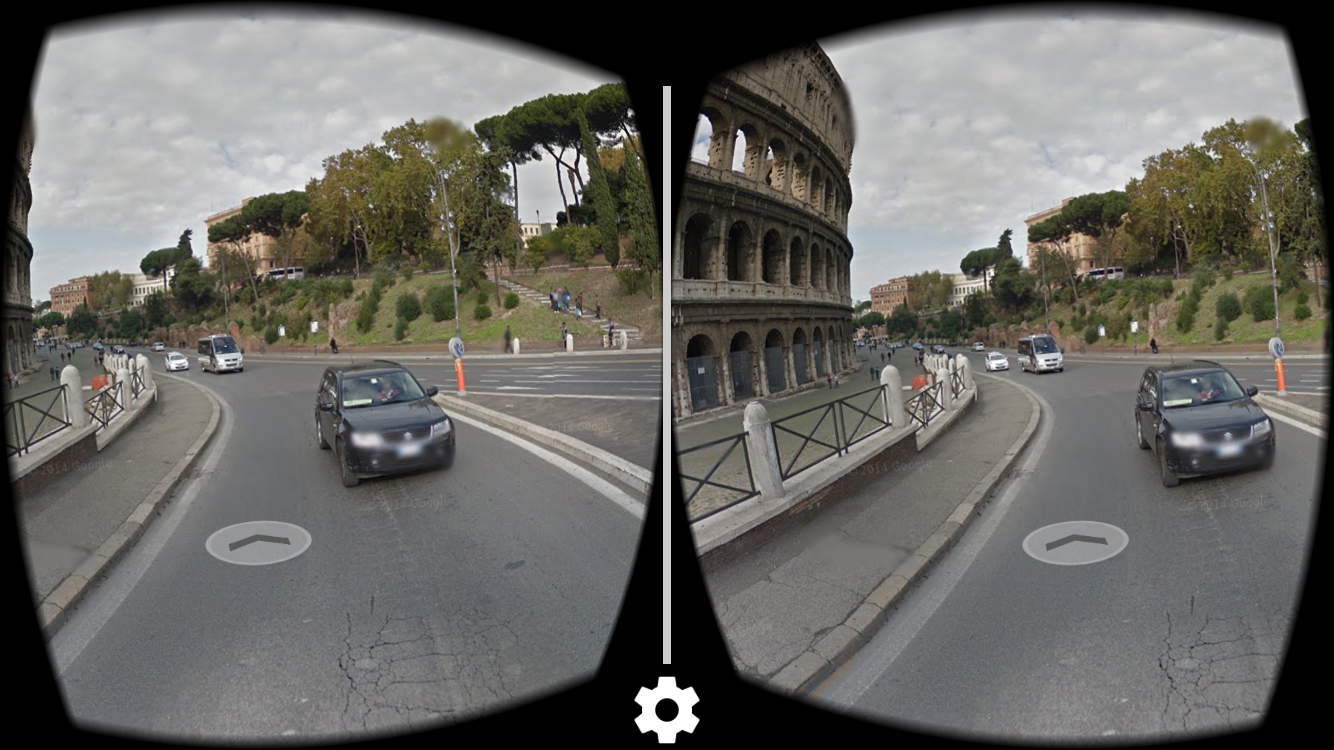A huge problem for the virtual reality market has been the high cost of a realistic headset. There’s really no way to produce high quality graphics without incurring a price tag that puts the product out of reach of the average buyer. Google managed to avoid this problem altogether by relying instead on a cost that many of their users had already absorbed — smartphones.
The actual Google Cardboard product is cheap, simple and apparently recyclable too, yet sturdy and believable. A cardboard flap secured by a surprisingly strong piece of Velcro holds the smartphone in place, while two basic lenses (the only other non-cardboard part of the product) focus 3-D images from the phone to give it a realistic feel.
A free app provides Google Cardboard viewers with a much more immersive look at Google Street View than a computer can possibly give. For now, the Cardboard version of street view only allows you to tour major cities, but the folks at Google are working on more projects and the views of the cities they’ve mapped so far are stunning. Unlike the (merely) panoramic views of the traditional Google Street view, this app allows you to look up and down, for a more full experience. Two separate images (one for each eye) also gives this version a depth perception that you can’t get from a computer.

Other features on the app include a view of Mars from the rover (although, unfortunately the scarcity of available images from the red planet means that there are missing spots in the picture, but MARS!), an exibit in a museum, and 3-D, interactive museum artifacts. Each of these options is somewhat limited right now, but will hopefully offer more in the near future.
Through a partnership with The New York Times, Google also provides a second app, NYT VR, with impressively filmed immersive news reports. While you’re hearing the story and seeing the people involved, you can look around, behind you, at the sky or at the ground, leading to a feeling of actually being in the story.
This product puts otherwise pricey virtual reality into the hands of the average user. As Google develops more options for this product, the possibilities for what it can offer are nearly limitless. Personally, I’m looking forward to when they release immersive images from outer space or from a movie (what I wouldn’t give for a virtual reality Force Awakens trailer), or when they figure out how to let users add their own images using the same basic method as taking a panoramic picture. But in the meantime, I’ll enjoy my free tour of exotic cities I’ve never visited in real life, all from the comfort of my living room.

